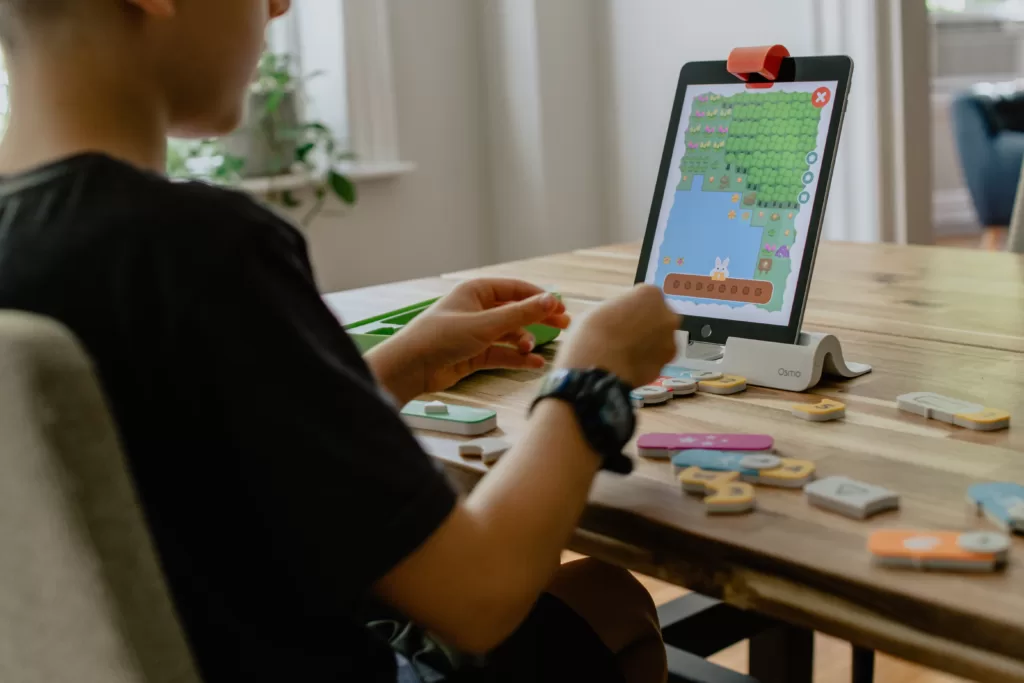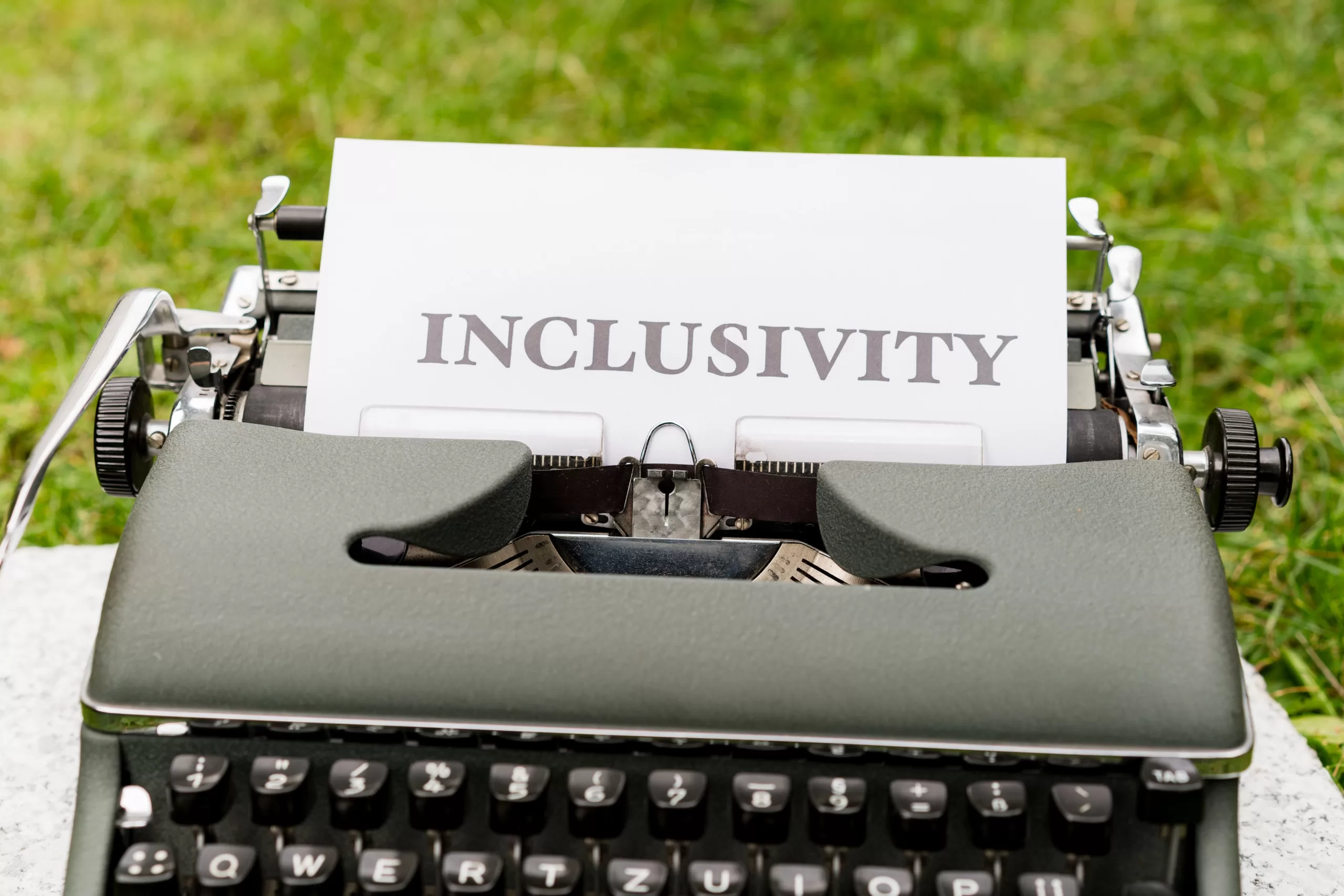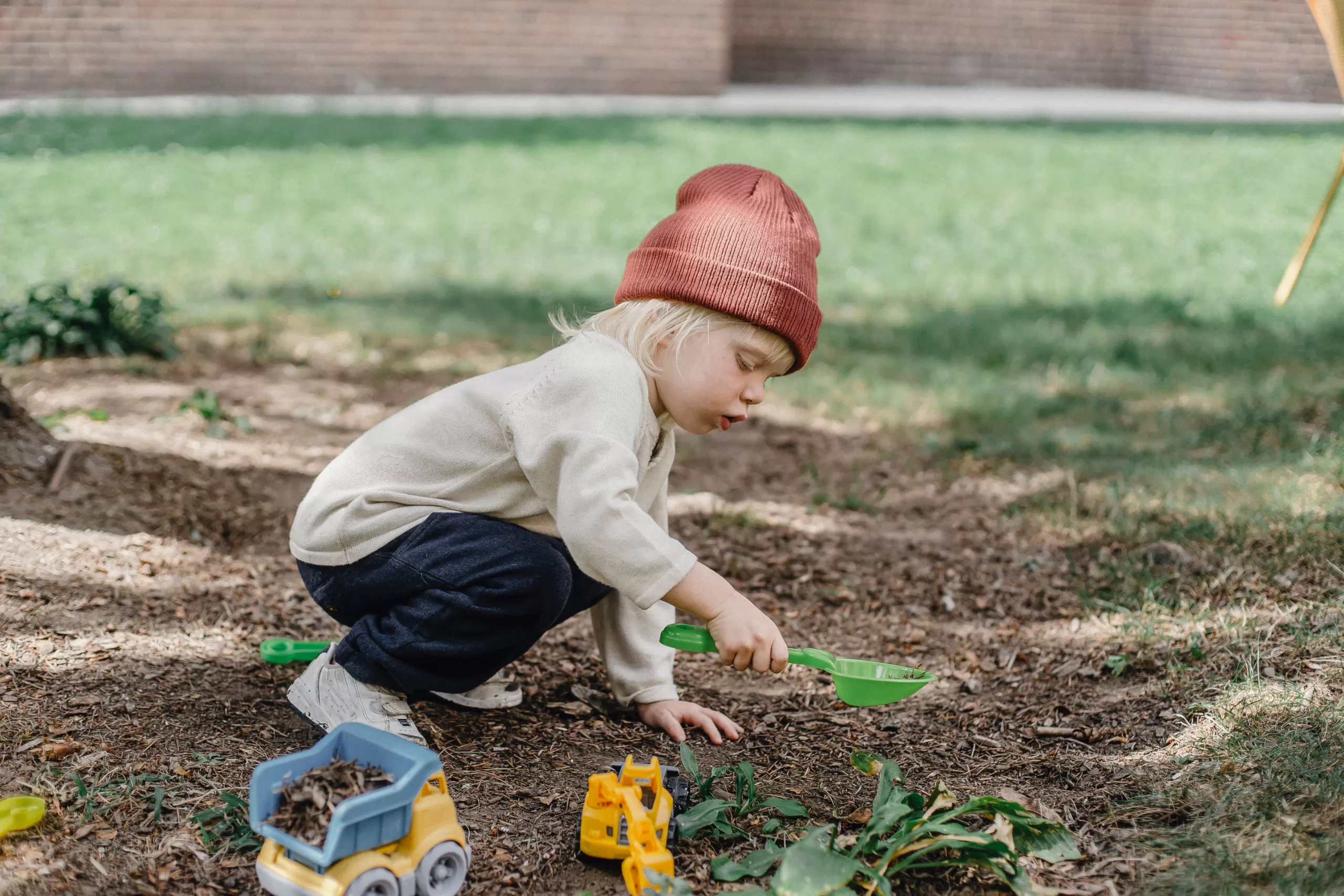In our digital age, coding has become an essential skill, much like reading, writing, and math. As with any subject, teaching these skills at an early age can give your child a tremendous advantage and set them up for future success. Programming languages for kids offer an exciting opportunity to develop their creativity, problem-solving, and logical thinking skills. With a wide range of options available, and a limitless wealth of knowledge available on the internet, choosing the right programming language for your young learner can be a difficult, yet pivotal decision in shaping their experience. This article will guide you through the top 5 programming languages for young children, empowering them to become future thinkers, innovators, and leaders.
1. Scratch: Building Foundations with Creativity
Perhaps the quintessential programming language for young minds, Scratch is a visual programming language that introduces kids to the world of coding through playful experimentation. Created by the Massachusetts Institute of Technology (MIT) in 2007, Scratch is caters to children aged 5 and above. Designed specifically for educational purposes, Scratch uses a drag-and-drop mechanism that allow children to create interactive stories, games, and animations as simply as (and as playfully as) building imaginative structures with their toy blocks or LEGOs.
This engaging and vibrantly colorful language requires no prior programming knowledge and eliminates the need for intricate code typing. Scratch primarily focuses on having fun and unleashing creativity while learning the foundational concepts of coding. It provides children with the ideal canvas and tools to bring their ideas to life effortlessly.
The Best Way to Learn Scratch Programming
When it comes to Scratch programming, there’s no better way to learn than with the versatile, experiences teachers at CampusTop. We provide high quality one-on-one programming lessons for a one-of-one learning experience.
Start your lessons with CampusTop today risk-free with 1 month of free lessons!
2. Snap!: The Next Step in Scratch Programming
Snap! Is essentially the older sibling of Scratch. It shares the same visual block-building mechanism, but it is designed for slightly more seasoned programming students. Students (mostly teens) are encouraged to explore advances programs involving complex mathematical and computational concepts. Though not impossible to learn without having studied Scratch, Snap! is a bit more technical and should be viewed as a progression than a starting point.
3. Blockly: The Bridge to Text-Based Programming Languages
As the name suggests, Blockly uses a block-building interface and a drag-and-drop mechanism like Scratch. However, while Scratch is explicitly designed for young children, Blockly is designed for both children and adult learners. Developed by Google, Blockly transforms coding into an exciting puzzle-solving activity where students must connect blocks to construct commands to solve puzzles varying in difficulty levels. As such, this language focuses heavily on logic and nurtures problem-solving skills.
Additionally, Blockly offers learners with an accessible gateway into text-based programming languages such as JavaScript, PHP, and Python. Young learners can benefit greatly from this glimpse into the world of hard coding to see how they wish to proceed in their coding journeys.
4. JavaScript: Harnessing the Power of the Web
For children that have a strong interest in and proclivity for design, JavaScript provide an excellent opportunity to get a foundational comprehension of web development. Often taught and used alongside HTML and CSS, JavaScript empowers programmers to craft dynamic, exciting web experiences. It is a programming language that is primarily for older kid as it requires far more memorization and a stronger understanding of complex computational concepts. Harnessing the power of JavaScript opens the door to the limitless world of web development and web design.
5. Python: Versatility at its Best
Arguably one of the most widely used programming languages today, Python is versatile coding language with a general-purpose foundation. It is used in various platforms including web development, app development, data science and more, making it a favorite among experienced developers. This text-based language is remarkably readable as it mirrors human language. Though it is an easier language to learn and grasp as compared to similar text-based programming languages (i.e. PHP, C++, Ruby), it is ideal for learners advancing beyond block-based coding.
Conclusion
Choosing the right language for your child out of this list of beginner-friendly programming languages is a decision that can pay massive dividends in the long run. It can provide a plethora of skills that extend far beyond the screens of our computers and smartphones and can be transferred to any endeavor they pursue. As such, it is important to remember that the journey of learning programming is just as important as the destination (being able to code).
Visual, block-based programming languages, such as Scratch and Snap!, provide an excellent foundation for young children. They offer a safe, intuitive, and fun environment to experiment, make mistakes, and think creatively to find solutions to their problems. We hope that this information has shed some light on where and how to get your children started on their coding journeys.






